What is Ethereum (ETH)? Everything you need to know about ETH

If you come across the term “cryptocurrency” by any means, you will definitely know the existence of Bitcoin and Ethereum. After many years with lots of ups and downs, Bitcoin and Ethereum are still standing side by side on top of the market. But how? And will this continue?
Let’s go through an article about Ethereum and what it has been able to build.
What is Ethereum?
Ethereum is a decentralized and open-source blockchain platform that allows the usage of smart contracts, which leads to the existence of DeFi and many other applications nowadays.
In 2009, Bitcoin made its debut, putting an innovative step towards the era of technology. By having a practical usage that was secure and direct money transferring, Bitcoin showed the potential and practicality of blockchain technology.
However, that was not enough, whereas Vitalik Buterin - one of the Ethereum co-founders, realized blockchain technology can do more than that. As a result, Ethereum with the application of smart contracts was released.
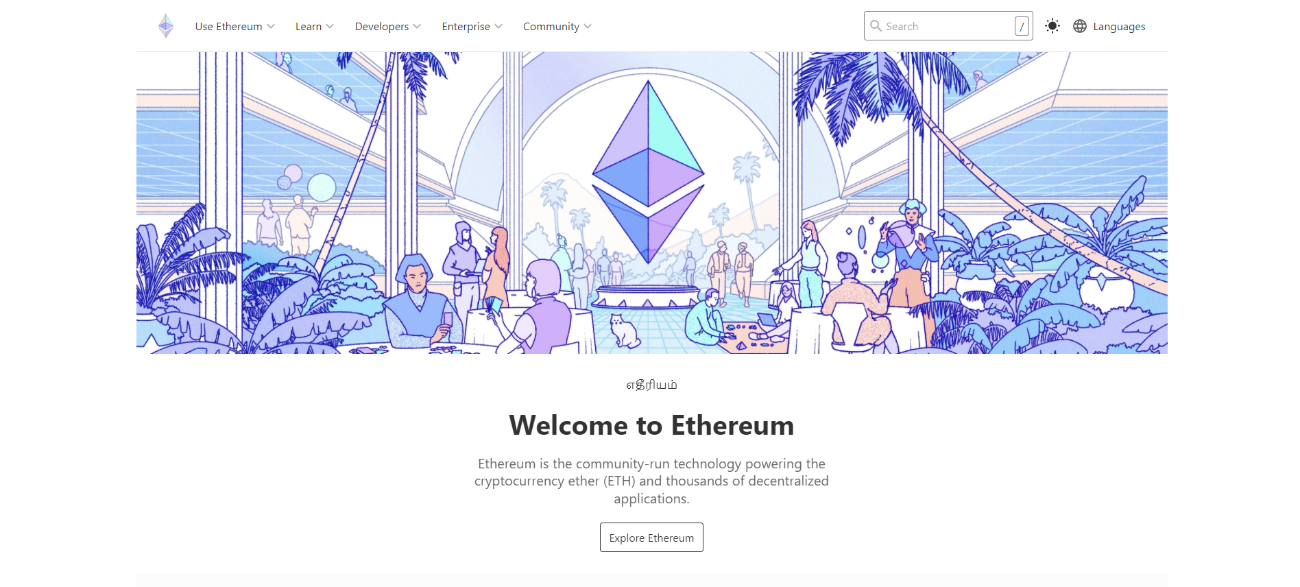
The history of Ethereum
When was Ethereum created?
The idea for Ethereum started as mentioned above. To form that idea into detail, on November 27th, 2013, Vitalik Buterin published the whitepaper of Ethereum. Through many changes, this introductory paper is still existing, which can be seen here.
Later on April 01st, 2014, the Yellow Paper was released by Dr. Gavin Wood, showing the technical aspect of Ethereum.
On July 30th, 2015, Ethereum was officially launched.

Development
Since its launch, Ethereum has proved its efficiency and vision to be correct as multiple dApps (Decentralized Applications) have been developed on Ethereum. Being different from Bitcoin, Ethereum has a whole underlying DeFi ecosystem, ranging from games to financial applications like AMM, lending, DAO (Decentralized Autonomous Organization),...
Even though it was not until 2019 that DeFi on Ethereum really exploded, Ethereum was the first to set the foundation for this future, which explains why Ethereum is still staying on top.
The DAO Hack
The DAO is a digital Decentralized Autonomous Organization and a decentralized capital venture fund. After a 28-day crowdfunding campaign, on May 21st, 2015, The DAO raised more than $150M in ETH.
However, on June 17th, 2021, an exploit of the protocol occurred when 3.6M ETH out of the 11.5M ETH protocol fund was exposed to permanent loss. At that time, the value of 3.6M ETH was about $50M.
Fortunately, to access the fund, the hacker needed to wait for 28 days. Hence, the Ethereum community had 28 days to resolve this problem. Some options were raised and debated. In the end, the final decision was to hard fork Ethereum so that a recovery address could be created and the exploited fund could be returned.
Nevertheless, this led to some nodes disagreeing and not wanting to use the new network. As a result, the Ethereum network was split into 2 different components: Ethereum (which we are using today) and Ethereum Classic.

Hard Fork Ethereum
A hard fork is a change in rule whereas all nodes have to follow the new rules, and every block before the fork will be considered invalid. Hark forks force all nodes to upgrade the software and abide by the updated rules.
However, there are cases when node operators do not want to follow the update and update the software. In these situations, a permanent split of the network will happen, similar to the case of The DAO Hack as Ethereum Classic was released.
In fact, Ethereum has experienced a variety of hard forks, with the most recent being the London Hard Fork on August 5th, 2021.

How does Ethereum work?
As mentioned above, Ethereum has an underlying DeFi ecosystem that powers up the whole blockchain. But, what is truly the process beneath it? Let’s learn more about the Ethereum stack.
Ethereum Virtual Machine
The EVM (Ethereum Virtual Machine) is the runtime environment for smart contracts in Ethereum. All transactions on Ethereum are handled by the EVM.
This term is also seen widely among many other blockchains: EVM-compatible blockchains. By being compatible with the EVM, those blockchains can run Ethereum dApps on their own platforms, which helps them attract a massive number of dApps on Ethereum.
Smart Contracts
Smart contracts are executable programs that can run on top of blockchain platforms. To ensure the security of applications running on blockchains and their users, smart contracts cannot be taken down or changed once published.
Thanks to the implementation of smart contracts, users and dApps can conduct financial transactions in a safe and decentralized way.
Ethereum Nodes
Ethereum Nodes are computers that are constantly running software to keep the network online. They store the state of the Ethereum blockchain and confirm transactions through the consensus algorithm.
For an application to run on Ethereum, it must connect to an Ethereum Node. Afterwards, that application can interact with Ethereum and perform actions like reading data, creating transactions,...
Ethereum Client APIs
However, interacting directly with Ethereum still seems to be a difficult task. Hence, Ethereum Client APIs exist to help users and developers approach the blockchain more easily, with the support of various libraries built and grown by the Ethereum community.
End-User Applications
Here is the final component of the Ethereum stack, where most of the users take part in. Users can interact directly with dApps on Ethereum without the need for knowledge about what lies beneath them.
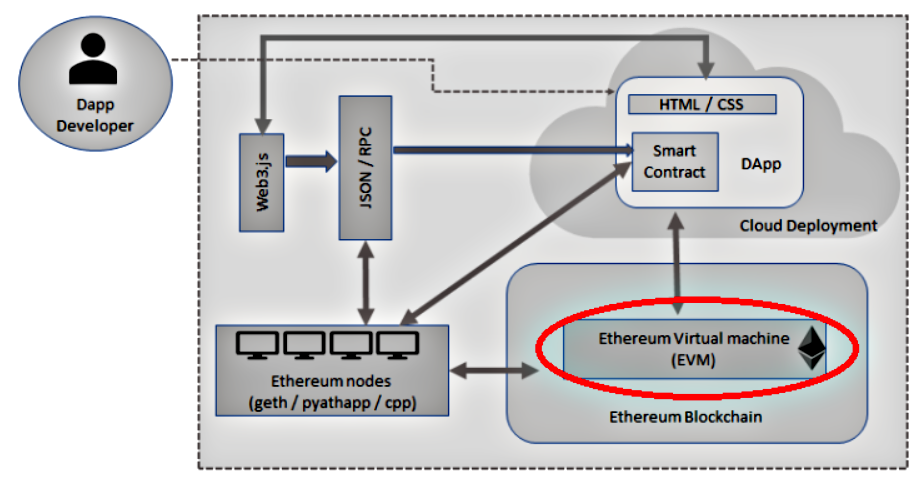
Ethereum DeFi Landscape
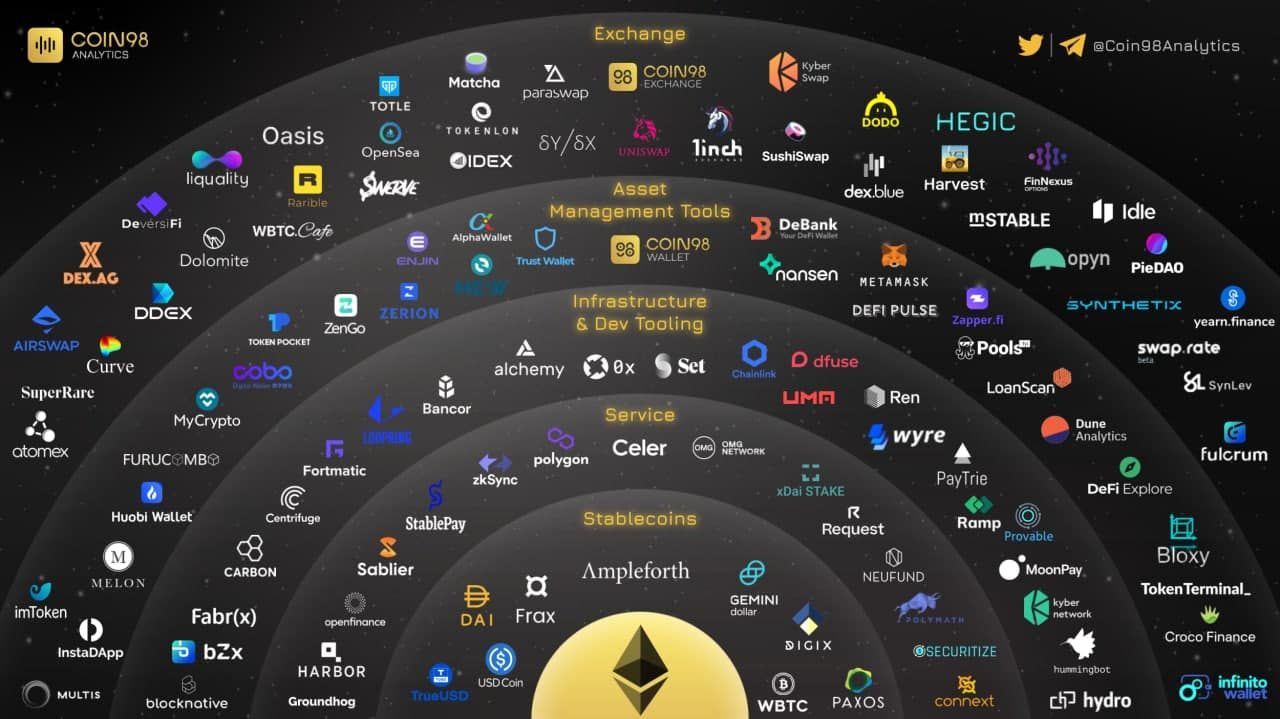
Ethereum implements a wide range of applications, from games, finance, decentralized storage,... to things like DAO. As Ethereum is the pioneer of DeFi, there is no doubt that the DeFi landscape on Ethereum has become flourishing and fulfilled.
Regardless of some of its shortcomings, Ethereum is still able to attract the most blockchain developers and dApps. As a result, the most quality projects have been deployed on Ethereum, such as Uniswap, 1inch, yEarn Finance,...
Ethereum vs Bitcoin
For years passing by, Bitcoin and Ethereum are still standing still and leading the whole crypto market. At the time of writing, the Market Capitalization of Bitcoin is $870.3B, while that of Ethereum is $440.8B. The two are still having the biggest Market Capitalization in the crypto market.
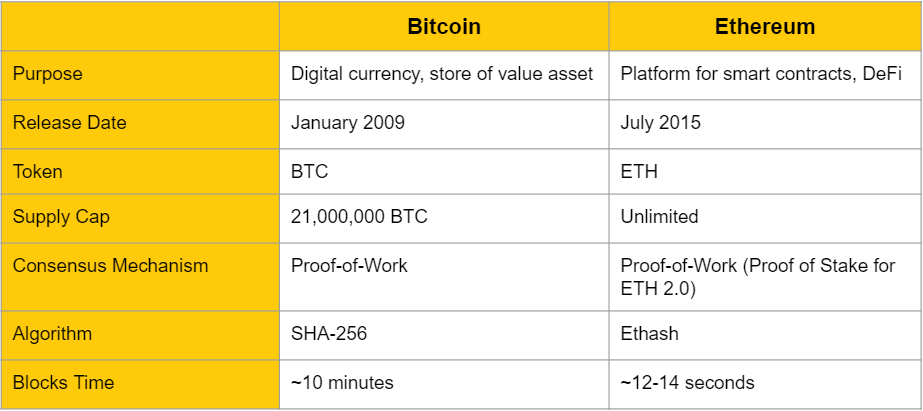
Here is the comparison between Bitcoin and Ethereum, in some aspects. Even though they are initially different in their purpose as Bitcoin is mainly considered a store of value asset and Ethereum is primarily regarded as the pioneer of DeFi, they are both on top of the market and leading it.
Hence, the relation between them can be informative, as it will show how the market is performing. For instance, in the future, if DeFi continues to grow, Ethereum can totally flip Bitcoin in Market Capitalization.
Ethereum vs Ethereum Classic
After The DAO event, the Ethereum network was split into Ethereum and Ethereum Classic. Even though both of them are still running, Ethereum is showing supremacy.

What is Ethereum 2.0?
Ethereum 2.0 is the next major development for Ethereum, where many significant changes will be applied to the network. Ethereum 2.0 is believed to solve the scalability dilemma by addressing all three: Scalability, security, and decentralization.
For Ethereum 2.0 to go live, the network has to go through 3 phases:
- “The Beacon Chain”: The Beacon Chain is a separate blockchain that implements the Proof-of-Stake consensus mechanism, preparing for Ethereum to transfer from Proof-of-Work to Proof-of-Stake. The Beacon Chain went live on December 1st, 2021.
- “The Merge”: The Merge will merge the Beacon Chain with the current Ethereum network, applying the Proof-of-Stake model to Ethereum. This was planned to be released in 2022.
- "Shard chains": Sharding will reduce Ethereum’s network congestion and increase transactions per second by distributing the workload to 64 new chains, each of which is called “shard”. This was planned to be released in 2023.
Read more: How does Ethereum 2.0 affect ETH price?
Ethereum Token Standard
In the crypto market, everything is tokenized. For a DeFi ecosystem like Ethereum, there is no exception. To help developers publish their products and tokens more easily, Ethereum has supported multiple Token Standards with their own framework.
- ERC-20: A standard for fungible (interchangeable) tokens like voting tokens, staking tokens, or virtual currencies. This is the most popular token standard on Ethereum.
- ERC-721: A standard for non-fungible tokens, like a deed for artwork or a song.
- ERC-777: A standard for extra functionality on top of tokens, such as a mixer contract for improved transaction privacy or an emergency recovery function.
- ERC-1155: A standard for more efficient trades and bundling of transactions. Can be used for both utility tokens and Non-Fungible Tokens (NFTs).
Detailed information about Ethereum Coin (ETH)
ETH Key Metrics
- Name: Ethereum.
- Ticker: ETH.
- Token standard: ERC-20.
- Token type: Utility.
- Max supply: Unlimited.
- Circulating Supply: 118,777,990 ETH.
- Contract address: 0x2eaa73bd0db20c64f53febea7b5f5e5bccc7fb8b.
ETH Token Allocation
- Investors: 83.5%
- Founders & Project: 16.5%
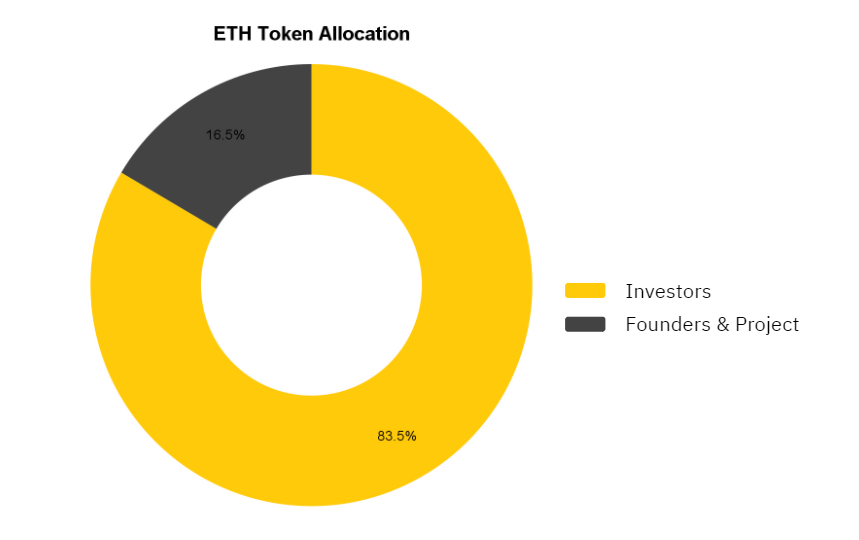
ETH Token Sale
Ethereum Foundation held a Token Sale from July 22nd, 2014 to September 2nd, 2021, when it sold 80% of ETH’s total supply at that time (60M ETH). The price of ETH varies:
- 2000 ETH = 1 BTC before August 5th, 2014.
- From August 5th, 2014 to August 28th, 2014, the price of ETH linearly declined until it reached 1337 ETH = 1 BTC.
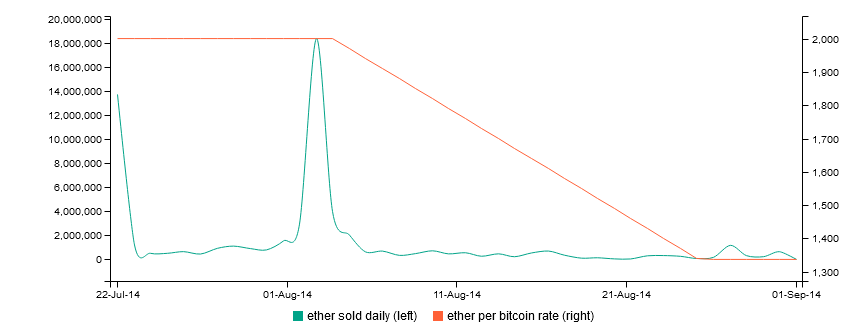
The sale concluded with total fundraising of over 31,000 BTC, which was worth $18.3M at that time.
ETH Token Release Schedule
Before, 18M ETH was mined annually. After several modifications, this number has decreased and will continue to once Ethereum transfers from using Proof-of-Work to Proof-of-Stake.

ETH Token Use Cases
Currently, ETH is used for a variety of purposes:
- Gas fees for using the Ethereum network.
- Block rewards for miners.
- Staking rewards (in the future).
How to get ETH Coin
You can get ETH by:
- Mining ETH, or staking ETH when Ethereum supports Proof-of-Stake.
- Enrolling in DeFi activities on the Ethereum network.
How to mine ETH Coin
As Ethereum uses Proof-of-Work, mining is a healthy process to keep the Ethereum network running steadily, whereas miners help validate the transactions on the network and receive block rewards in ETH.
Theoretically, everyone can mine ETH using their own computer. Nevertheless, for the process to work efficiently, it is necessary to possess a high-quality computer with strong computer hardware. You can calculate potential profits through mining ETH here.
Before you mine ETH, be aware of its requirements and costs:
- Hardware expenses.
- Electrical cost.
- Cost of relevant equipment.
- Tax obligations.
- Reward policies from Ethereum.
- Potential hardware deterioration over time.
- …
How to buy ETH Coin
Where to buy ETH?
You can buy ETH through multiple options:
- DEXs: Uniswap, Sushiswap, 1inch,...
- CEXs: Coinbase, Binance, Huobi,...
You can also swap and buy ETH directly at the Coin98 Exchange interface at the end of this article! Coin98 Exchange is a decentralized exchange (DEX), a Multi-chain liquidity aggregator that offers users a wide variety of DeFi services (swap, stake, lend, borrow,...) through intuitive and simple interfaces.
Track transactions on Ethereum with Ethereum Explorer
Etherscan is an extremely useful tool for Ethereum users to track their transactions and wallets. You can access the website here.
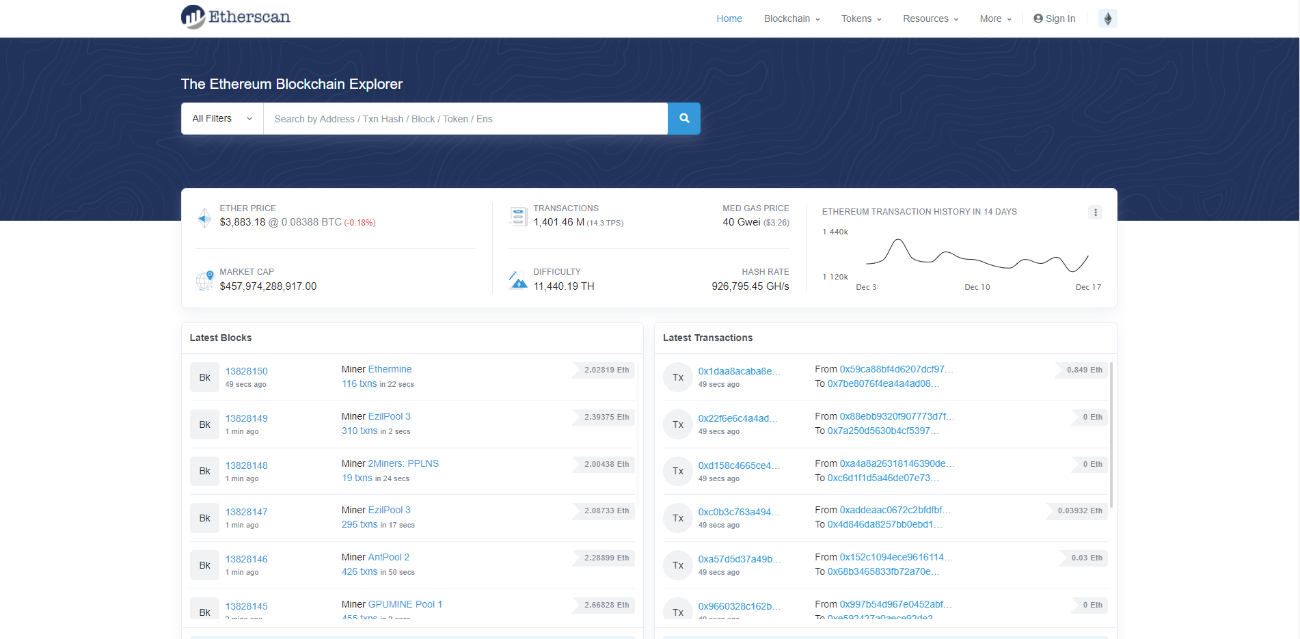
At the main screen, you can put your Ethereum wallet address into the search box as below and click the search icon.

Here you can see every transaction of your wallet address.
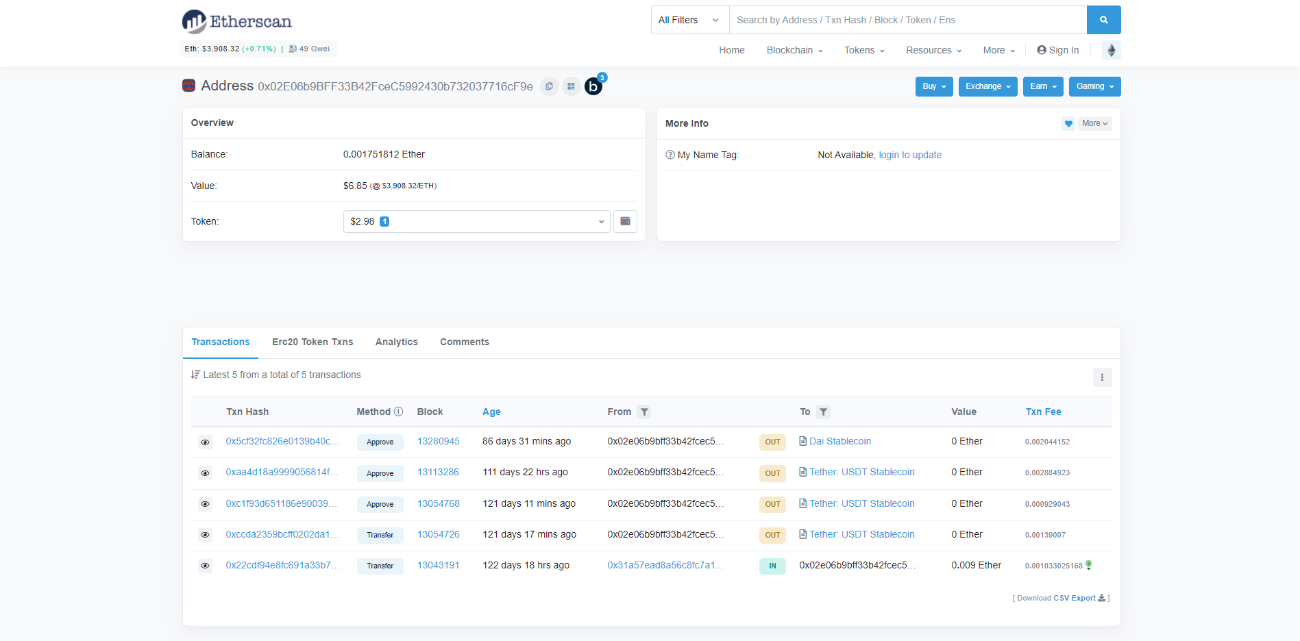
How to store ETH Coin
Ethereum Address
Ethereum address is the wallet address that you use to store the Ethereum tokens, including all Ethereum Token Standards as mentioned above. Ethereum addresses usually start with “0x”. For example: 0x02E06b9BFF33B42FceC5992430b732037716cF9e.
Each Ethereum address will have its own private key, which will be used to prove ownership of the wallet. Be cautious with the private key as it is the only tool to prove that your assets are really yours, whereas if someone gets it, they can freely access your tokens.
Ethereum Wallet
There are many types of wallets that can be used to store ETH, which are:
- Hot wallets or Non-custodial wallets: They are wallets that store coins/tokens online, where users have to keep the private keys to protect their own crypto assets. The most popular ones at the moment are Coin98 Wallet, Trust Wallet, Metamask,…
- Cold wallets: They exist in a physical shape (usually as a USB) and require multiple security steps. Investors often use cold wallets for enhanced security as assets are stored offline. Some popular cold wallets are Ledger, Trezos,...
- Custodial wallets: They are wallets provided and kept by centralized exchanges. Binance, Okex, and Coinbase are some of the most popular ones.
You can store ETH tokens on Coin98 Wallet with these steps:
Step 1: Open Coin98 Wallet & click Receive on the home screen.
Step 2: Search Ethereum.
Step 3: Click on the correct result, copy the wallet address and send ETH to this address.
Learn more: What is Coin98 Wallet?
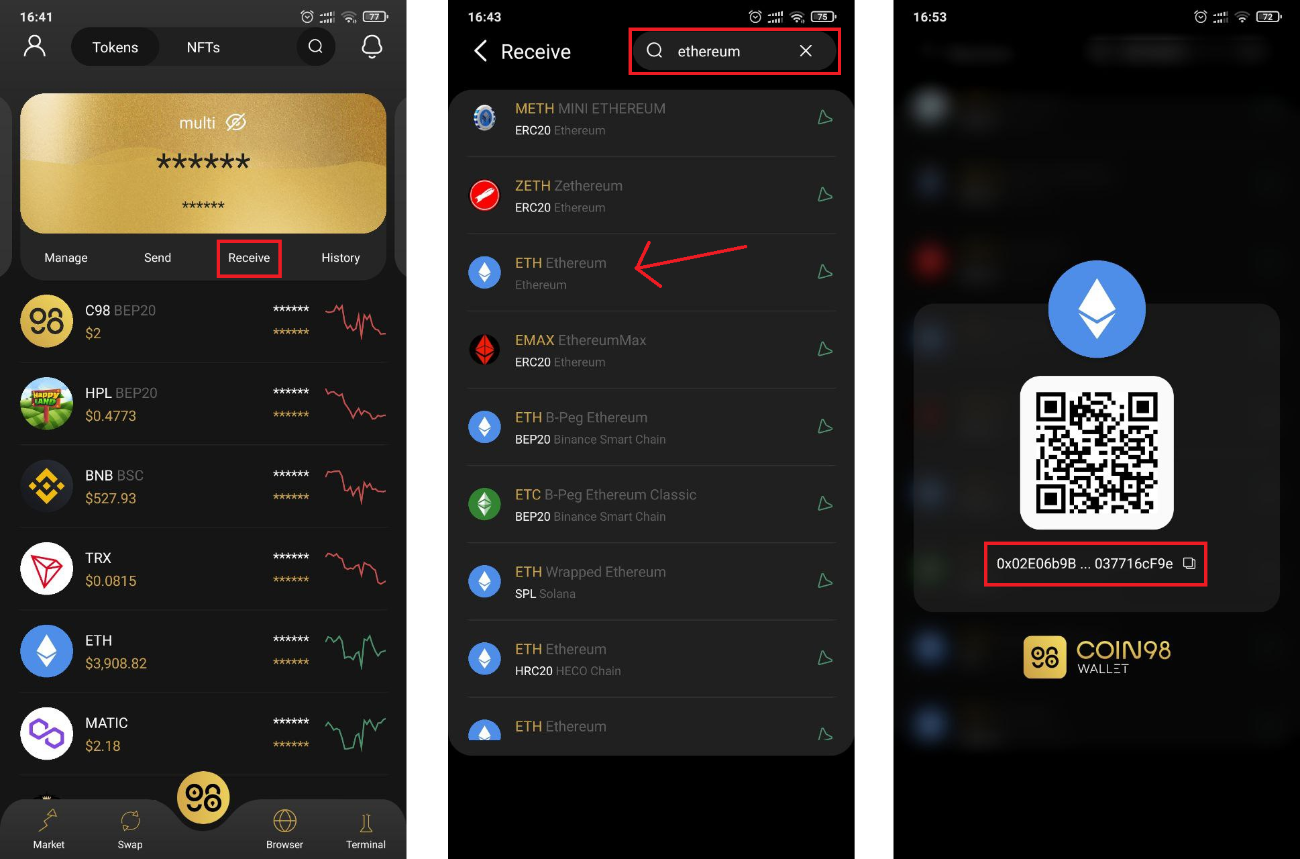
Ethereum Roadmap
As mentioned above, Ethereum 2.0 is the primary target of Ethereum at the moment. The first phase to reach Ethereum 2.0, which is “The Beacon Chain”, is already operating alongside the original Ethereum chain.
“The Merge” and “Shard Chains” are needed to complete the upgrading process, which is planned to be released in 2022 and 2023, respectively.
You can find a more detailed roadmap here, with the team addressing small bugs and modifications.

Team, Investors and Partners
Team
Ethereum was initially founded by Vitalik Buterin. However, afterwards, more users contribute to founding Ethereum, like Gavin Wood for example.
The current team of Ethereum can be seen as follows.
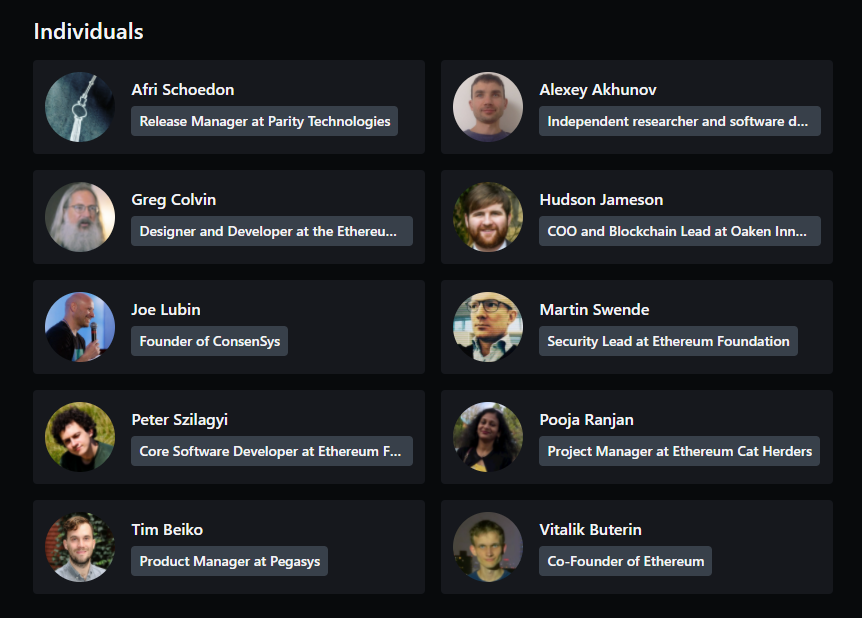
Investors
Ethereum has been invested by a wide range of retail investors, as well as major venture capitals like Alameda Research, Delphi Digital, Hashed, Paradigm, Three Arrow Capital, a16z,...
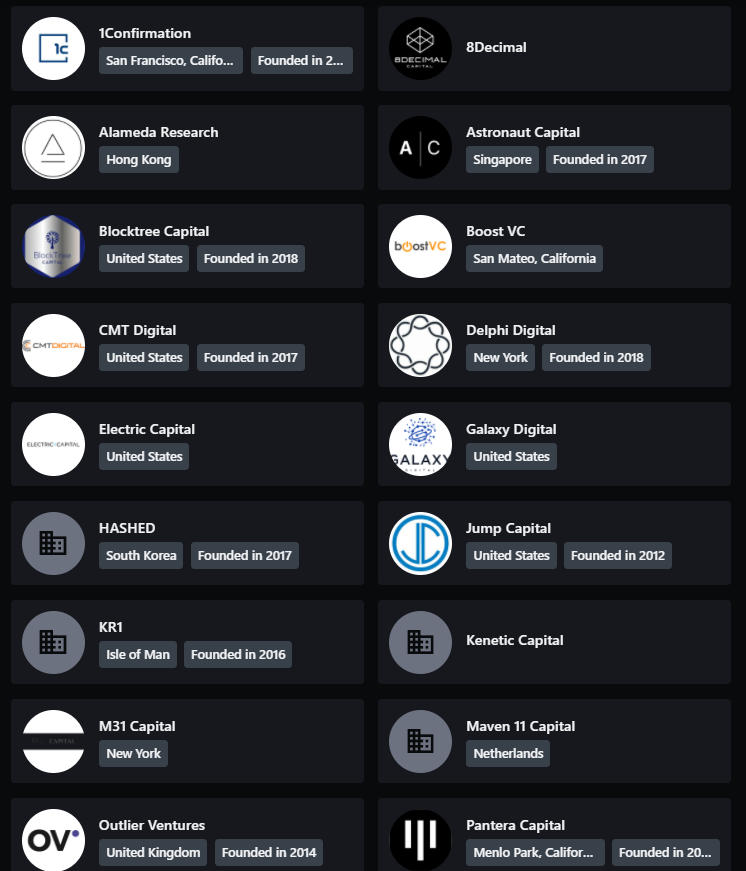
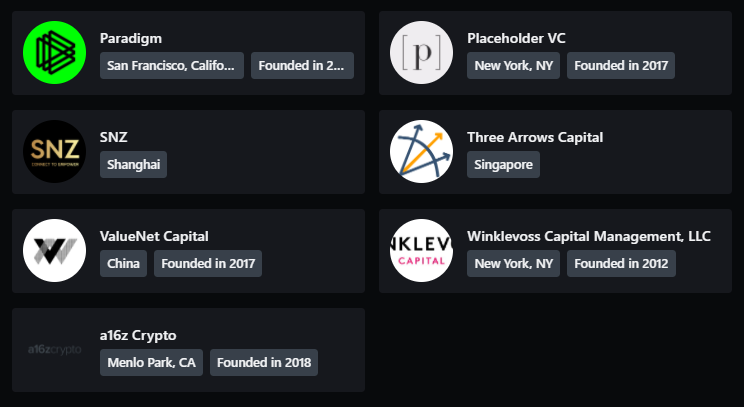
Partners
Although Ethereum is open-source and community-driven, a number of organizations have contributed to the growth of the whole Ethereum ecosystem.
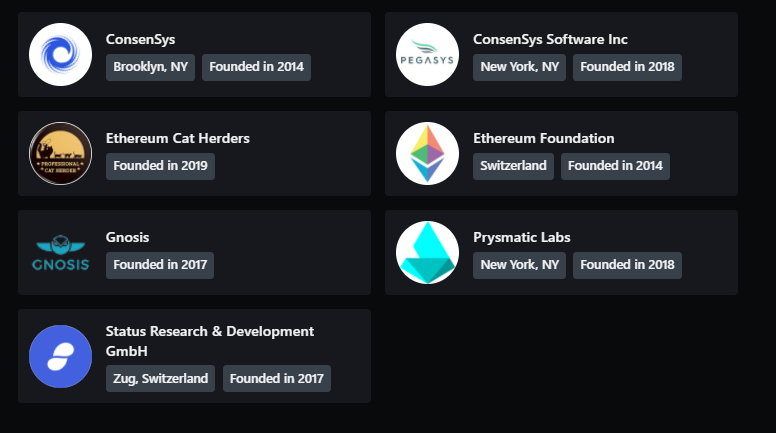
Is Ethereum (ETH) a good investment?
I hope that with the aforementioned information, you have understood what Ethereum is and how Ethereum works. This article should give you a deep insight into the project, so there is no financial advice. You should Do Your Own Research before conducting any investment, and be responsible for your own fund.
However, Coin98 will provide some notable points of the project to give you the best overview to make your own decisions.
Ethereum is the pioneer of DeFi. As a first-mover, Ethereum has gained a massive amount of contributors and supporters. Although its technology may not be as outstanding as newer blockchains, Ethereum is still staying on top thanks to its community and rich DeFi ecosystem.
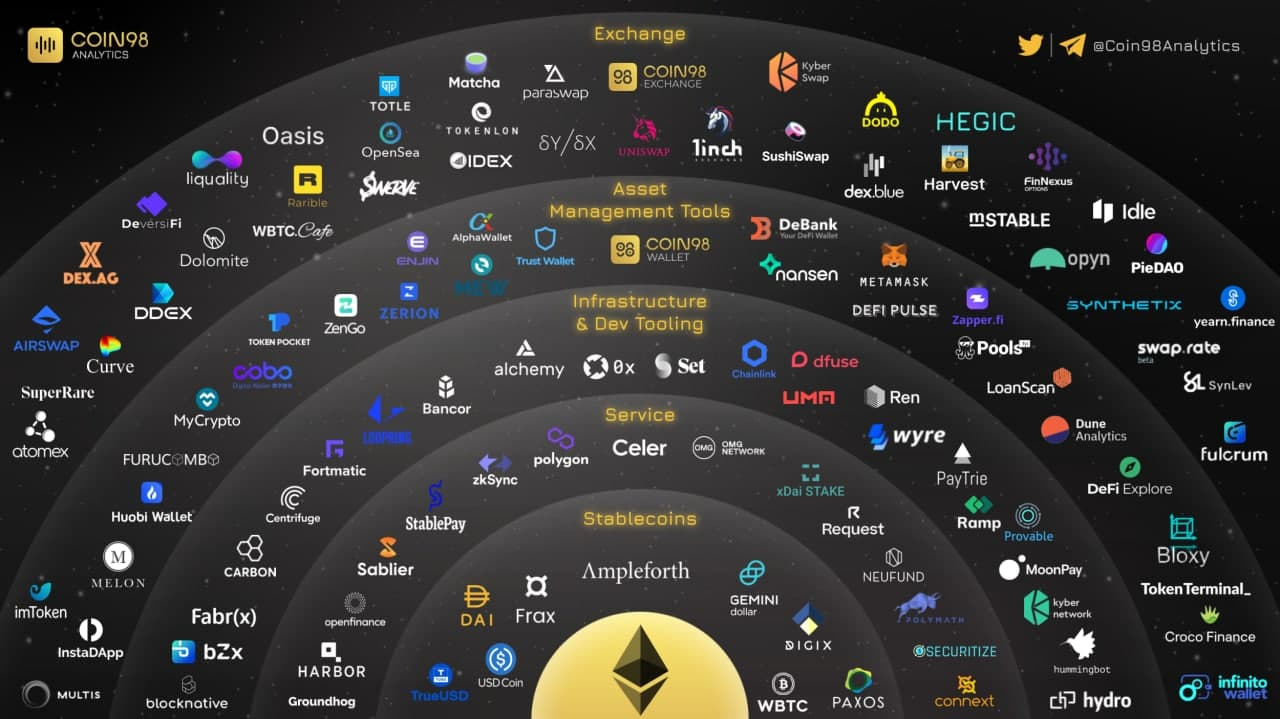
The current TVL within Ethereum is the highest with $151B, much bigger than that of BSC (#2) with $16.6B and Terra (#3) with 15.3B. Overall, Ethereum is still dominating the DeFi space.

Comparing Ethereum to Bitcoin is understandable as they are the two top cryptocurrencies at the moment. However, it is worth noting that they are already different from their primary purpose and use cases. Hence, their relation should show how the market is going on, rather than which one is better.
Ethereum faces multiple challenges, especially with scalability and usability. Its gas fees often get too high ($30-$50 per transaction, which can get up to $300 in high traffic time) compared to other layer-1 blockchains. At the same time, the network cannot process a large number of transactions at the same time, which is in massive demand considering the rapid development of DeFi.

Arguably, this can be solved with the implementation of Ethereum 2.0. Before Ethereum 2.0 comes online, Layer-2 scaling solutions are key to improving the scalability and performance of the Ethereum network. Recently, we have seen the rise of them as new Layer-2 like Arbitrum, Boba Network, Optimism,... are growing steadily.
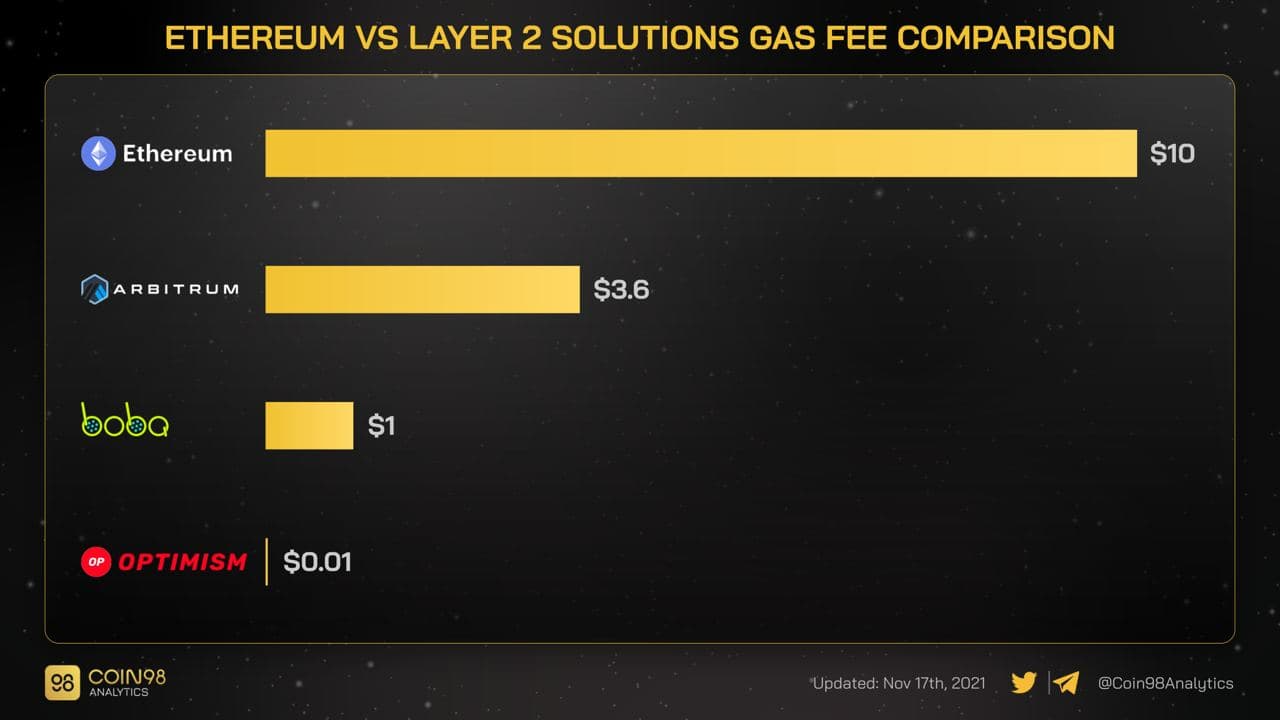
- Another popular way nowadays to value ETH is to compare Ethereum to other blockchains, namely Binance Smart Chain, Solana, Avalanche,... There is no doubt that they have better technology which leads to better user experience such as low gas fees, fast transaction speed,...
- However, it highly depends on the metrics that you are using to value a Layer-1 blockchain. What makes and keeps Ethereum on top are its decentralization and security, along with its massive community. So if someone says Ethereum is completely overvalued regarding its high gas fees and slow transaction speed, they are probably missing the whole point.